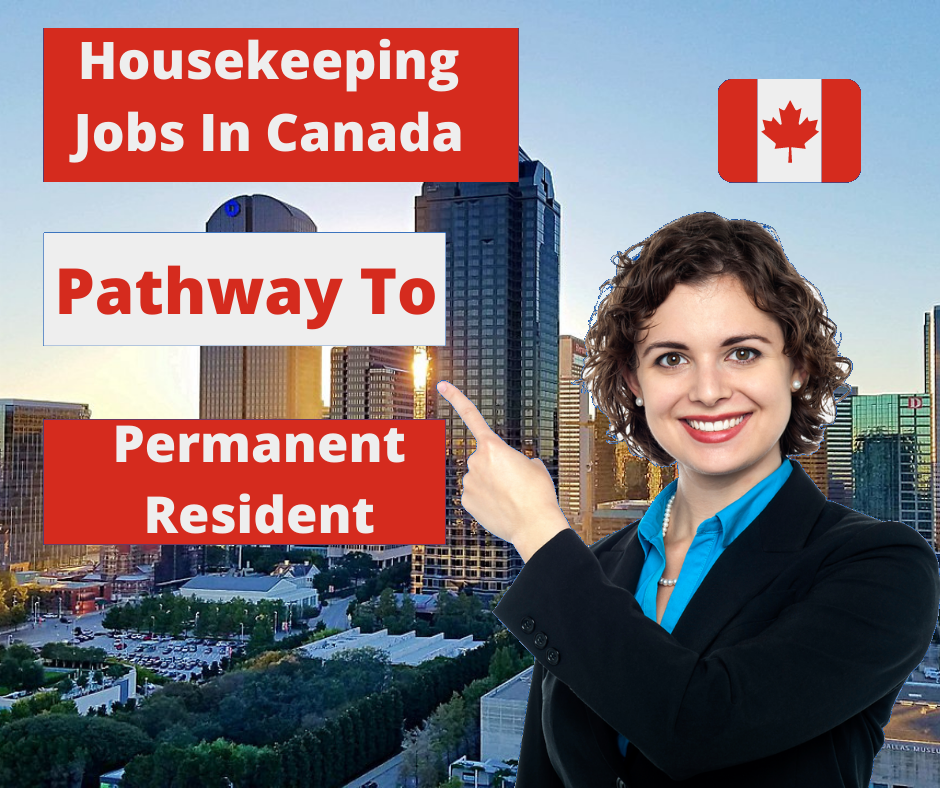Fastest Ways To Get New Job in USA or Canada
This is a proven guide written to help show job seekers in USA or Canada the Fastest Ways To Get New Jobs in USA or Canada.
US-based companies can’t hire international employees in the traditional sense. Your direct payroll is reserved for US citizens only, but there are still other possibilities if you want to hire globally and have people work remotely from their countries.
Here’s what you can do:
Hire individual as independent contractors
In this case, you’re not responsible for your contractor’s taxes, healthcare, and other benefits. You also have less control over how they do the work – you only have the right to the outcome of what they do for you.
For many employers, this is the easiest setup when it comes to hiring foreign workers. However, keep in mind potential legal issues if you cross the line between a contractor and an employee. You also need to be sure you’re compliant with the local labor law and tackle the challenges of contracts, invoices, payroll, etc.
If you want to hire people overseas, working with an Employer of Record organization can help you avoid some time-consuming processes.
What does an EOR do?
- Onboards the employee locally on your behalf
- Handles payroll taxes
- Terminates contracts
- Handles employee’s compensation and benefits (healthcare, social contributions, pension, and other statutory contributions)
- Makes sure you’re compliant with local regulations
Open a subsidiary
Your third option is to open a foreign subsidiary and hire international workers through it. Also called a daughter company, a subsidiary is a business entity you open in a foreign country to enable legal hiring of foreigners if you want them to work for you full time.
These two companies are two legal entities, although the daughter company’s policy, plans, and decisions will depend on the parent company. Note that a subsidiary and a branch office are not the same – a subsidiary is more independent from the parent company and is a separate legal entity
When opening a subsidiary, you need someone local to handle the paperwork and legal matters, such as opening bank accounts and signing contracts.
International hiring can be painless and quick if you have the right partner. Deel handles the complete hiring and payroll process for both contractors and employees while ensuring full compliance with local laws. Learn more about how to hire international talent.
Canada had new enrollment of approximately 1/4th of the university students and 16.3% of the college students for the year 2017-18. India ranks among top 3 countries whose population migrated to the country for higher
Check this out: How to get a Canadian Visa and Work Permit for Free for International Students
It is easier to find a job from abroad in the USA.
In the USA the best you can hope for in the way of a visa is an H-1B visa, valid for three years and very seldom if ever renewed these days. Working and living in the USA give you no straight route to stay. Then you have to pack up and leave.
Canada is the opposite. It may be hard to impossible to find a job from abroad but you can apply to immigrate, arrive with a permanent residence visa, valid for life, and then seek employment after you have arrived.
Here are 10 unique things you can do to find a job in Canada, that other new immigrants to Canada do not do, because there is nobody out there that teaches this stuff:
#1 Record an elevator pitch video on your mobile phone
As a new immigrant, employers will have an unconscious bias against your communication skills, which is a soft skill you’d find as a requirement in almost every job description.
If you have a video elevator pitch, your communication skills and vocabulary will be exposed, and squash any negative biases or assumptions the employer or recruiter may have made about you.
If you have trouble memorizing words then use a teleprompter app like Video Teleprompter Premium.
Create a great 30–45 second elevator pitch, load it up on YouTube, and add it to your LinkedIn profile. Link to it from your emails to hiring managers and recruiters as well.
Research how to do good elevator pitches. Don’t assume you know how.
#2 Anglicize/Shorten your name
This is a sensitive topic, but worth mentioning as well. The University of Toronto and Ryerson University did a study that found job seekers with non-anglicized names received 20–40 percent less callbacks, compared to their Anglo-named counterparts with the exact same qualifications.
This is less of a problem in large corporate organizations in Canada where diversity and inclusion is more actively practiced
If you have an ethnic name that is really long and you believe will be challenging for a Canadian to pronounce, consider shortening it for your resumé and LinkedIn profile.
#3 Grow you network to 25
As a new immigrant you don’t have a large network. And that’s a problem.
Because according to Business Council of Canada that surveyed 90 large sector Canadian employers 90% of them source candidates from referrals.
According to author Orville Pierson in his book “Highly Effective Job Search” it takes, on average, 25 network connections to get the job you want.
These 25 people are not recruiters. They are people who have the power and authority to hire you.
So make a list of 10–15 companies you want to target in Canada, and used a LinkedIn filtered search by company and job title, and the premium account to InMail these people directly.
Don’t ask for jobs.
Just stay in touch and offer value to them. If they accept your connection request you don’t need to sacrifice an InMail credit.
If they respond to your InMail, you get your credit back.
Think of the popular marketing concept of “The Rule of 7”. Someone needs to see an ad 7 times before they consider buying your brand.
If you must measure the progress of your job search, let it not be the the number of jobs you apply for online everyday. Let it be about sending 175 (25×7) outreach messages to your network during a sensible course of time.
“Hellos” and “Hope you are doing well” messages don’t count. It must be something that is of value to the recipient.
This might also interest you: UK Visa – Step by Step Guide to Apply Without Stress
#4 Write cover letters the right way
Recruiters and managers will tell you they ignore reading cover letters.
That’s because everyone usually sucks at writing cover letters.
According to Job Search expert Liz Ryan from Human Workplace, a cover letter should read like a business pain letter.
The focus should be about what business pain you believe your future manager is feeling right now, and how you’ve solved that pain in the past.
Every job exists because there is a pain or problem that needs fixing.
Research about the best way to write cover letters instead of assuming you know how.
#5 Post your resumé and cover letter directly to hiring managers
The postal service is alive and well in Canada, and often underestimated.
The benefit of using it is, unlike email, your letters will never be ignored.
Head to Shopper’s Drug Mart, and invest in stamps, envelopes.
Then those 25 contacts you discovered? Post them your resumé and cover letter.
That’s the easy part.
If you want to make good impressions, you have to take the trouble to research about the company and person, and create a customized cover letter to each of them.
I know it takes a lot of effort. Well, how badly do you want that first job in Canada?
#6 Read this book “20 Minute Networking Meeting” by Nathan Perez
Many immigrants don’t have a network in Canada.
But they make so many mistakes when trying to build that network, even though they’ve been network building their whole lives in their home country.
And the reason is because they have never networked with a purpose.
This short book gives you the details on how to network with purpose and achieve the ultimate goal of meeting with professional Canadians in person.
#7 Search YouTube for Dr. Lionel Laroche
You need to understand how Canadian work culture is different from your home country.
Communication, leadership, feedback, meetings, punctuality are just some of the areas in which Canada is different to the rest of the world, especially when compared to Asia and the middle east.
Dr. Lionel Laroche specializes in Canadian Work culture and how it relates to immigrants.
Watch his videos and reflect on how it relates back to how you present yourself in the interview.
His talks are both enlightening and entertaining.
#8 Gain Canadian Experience the RIGHT way
Many will tell you to volunteer your time.
That’s the wrong advice!
If you’re looking for a job in accounting, hiring managers are not going to care that you’ve gotten “volunteer experience” packaging food with meals on wheels or greeting visitor and handing out fliers at some random organization.
If you want to volunteer to give back to the community, good for you. Give your time generously anywhere.
But if your agenda is to get a full-time job, that’s different story altogether.
You’re better off volunteering your time at events where you are surrounded by people who have the power and authority to hire you. Join an association in your field in Canada and contact the board of directors directly and make yourself available to them for volunteer work.
Yes it’s an investment to join an association. But if it ends your job search sooner, or gets you a job that pay you $10K more per year, it’s well worth the investment
#9 Read as many job descriptions for your target job title as you can
By default, every new immigrant that I’ve worked with makes the mistake of brain dumping their past experiences on to their resumé.
Remember it’s not about what you did in the past.
It’s about what your future employer needs and how you translate your past experience to those needs.
Read job descriptions for your target job title. As many as you can. And when you’re done, read some more.
Notice trends in requirements and qualifications, industry language in Canadian terms and any gaps you find.
Make sure your resumé speaks to those trends.
Fill those gaps if you have them.
And after doing this research, then decide if you need more education. Don’t waste your time and money pursuing more education just because you want to keep yourself busy and feel productive.
Education is not valued in North America as much as it is in Asia.
If the job description does not mention a Master’s degree or a certification for your target job title, don’t bother getting one if your sole purpose of pursuing it is to improve your chances of getting your first job.
#10 Make sure your resumé has these words in it
According to a study done by Career Builder, these are the most popular words to use on a resumé. Make sure you use them in your experience section:
- Achieved
- Improved
- Trained/Mentored
- Managed
- Created
- Resolved
- Volunteered
- Influenced
- Increased/Decreased
- Ideas
Click here to download a high-converting Canadian resumé template
Share to help others.









